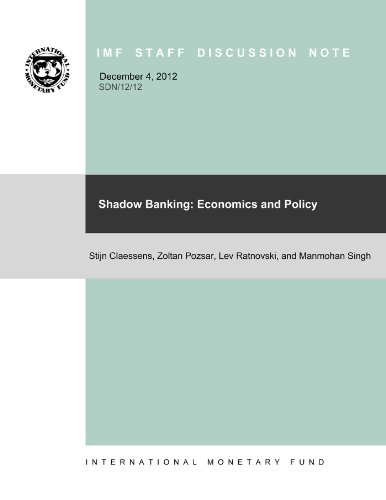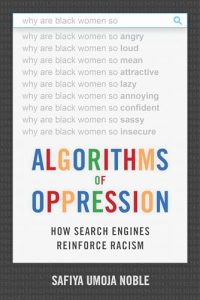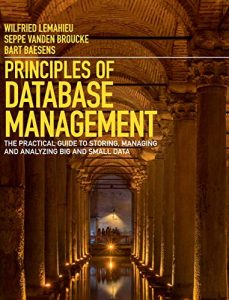Navigating the Depths of Financial Literacy: Must-Read Books for Every Investor
In an ever-evolving financial landscape, understanding the intricacies of market dynamics is essential. Below is a curated list of must-read books that delve into various aspects of financial markets, highlighting key insights for both novices and seasoned investors.
1. Shadow Banking: Economics and Policy
Authored by prominent economists Stijn Claessens, Lev Ratnovski, and Manmohan Singh, Shadow Banking: Economics and Policy is a groundbreaking exploration into the world of shadow banking systems. This book elucidates the risks and policy implications associated with these non-traditional banking entities. Its in-depth analysis provides readers with a clearer understanding of how shadow banking functions, its impact on financial stability, and the regulatory challenges it faces. Essential for anyone interested in grasping the nuances of modern finance, this book is a treasure trove of insights.
2. Global Financial Stability Report, April 2014
Published by the International Monetary Fund, the Global Financial Stability Report, April 2014 examines the transition from liquidity-driven to growth-driven markets. This essential report not only addresses the critical challenges faced by global financial institutions but also offers insightful policy recommendations. It’s a must-read for those wanting to understand the current trends affecting financial stability and the macroeconomic environment.
3. New York’s Financial Markets: The Challenges Of Globalization
Thierry Noyelle’s New York’s Financial Markets: The Challenges Of Globalization dives deep into the effects of globalization on financial markets centered in New York. This book captures the complex interactions between local policies and global economies, offering readers a lens through which to view the financial world’s rapid changes and challenges. With an analytical perspective, this book is key for investors looking to stay informed in an interconnected world.
4. Developing Essential Financial Markets in Smaller Economies
This report from the International Monetary Fund titled Developing Essential Financial Markets in Smaller Economies provides a comprehensive overview of strategies and options for smaller countries striving to develop robust financial systems. This resource is invaluable for policymakers and economic scholars alike, offering stylized facts alongside practical policy recommendations that can help bridge financial gaps in emerging economies.
5. Egypt: Beyond Stabilization. Toward a Dynamic Market Economy
In Egypt: Beyond Stabilization. Toward a Dynamic Market Economy, Howard Handy explores the economic challenges facing Egypt and proposes pathways toward sustainable development. This thought-provoking analysis emphasizes the shift needed for the Egyptian economy to thrive in a global setting, making it a critical read for those interested in Middle Eastern economics and developmental strategies.
6. Booms, Bubbles and Bust in the US Stock Market
David Western’s Booms, Bubbles and Bust in the US Stock Market takes readers through the historical ups and downs of the US stock market, dissecting the causes and consequences of various financial phenomena. This book not only highlights the past but also draws lessons for future investors, making it essential for those looking to navigate the complexities of stock market investments.
7. Studies on Financial Mkt in East Asia
In Studies on Financial Mkt in East Asia, authors Masayuki Susai and Shigeru Uchida evaluate the rapidly evolving financial markets across East Asia. This comprehensive study offers readers enlightening perspectives on how these markets are integrating with global economies while addressing unique regional challenges. It is essential for academics and investors alike who wish to unravel the complexities of East Asian finance.
8. Global Financial Stability Report, October 2013
Another significant contribution from the IMF, Global Financial Stability Report, October 2013, analyzes the transition challenges to financial stability under tightened global regulations. This report is vital for finance professionals interested in the global implications of national policies and the evolution of regulatory frameworks. Understanding these shifts is crucial for any stakeholder in the global financial system.
9. Global Financial Stability Report, April 2015
The Global Financial Stability Report, April 2015 discusses the monetary policy challenges and risks that have emerged in today’s economy. It provides critical insights into managing market volatility and outlines proactive measures that can be undertaken by financial institutions. This is a necessary read for finance professionals seeking to mitigate risk in an unpredictable economic environment.
These books offer invaluable perspectives on various facets of global financial systems. Whether you are a budding investor or an experienced financial analyst, let these insightful readings guide your journey in the complex yet fascinating world of finance.












































